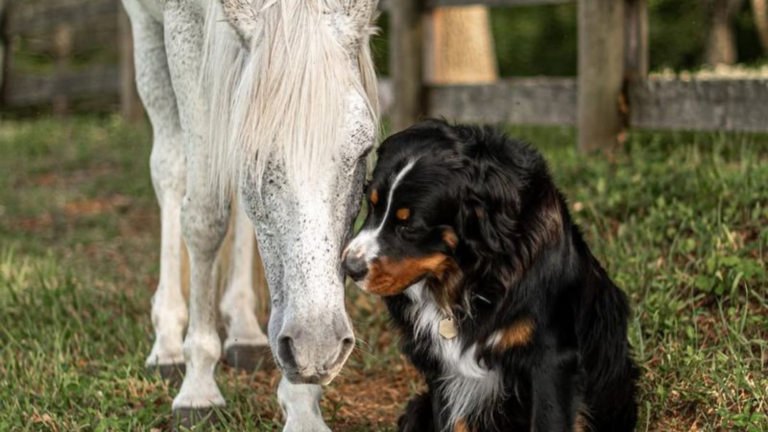10 Reasons Why First-Aid Training For Dogs Is Important For Owners
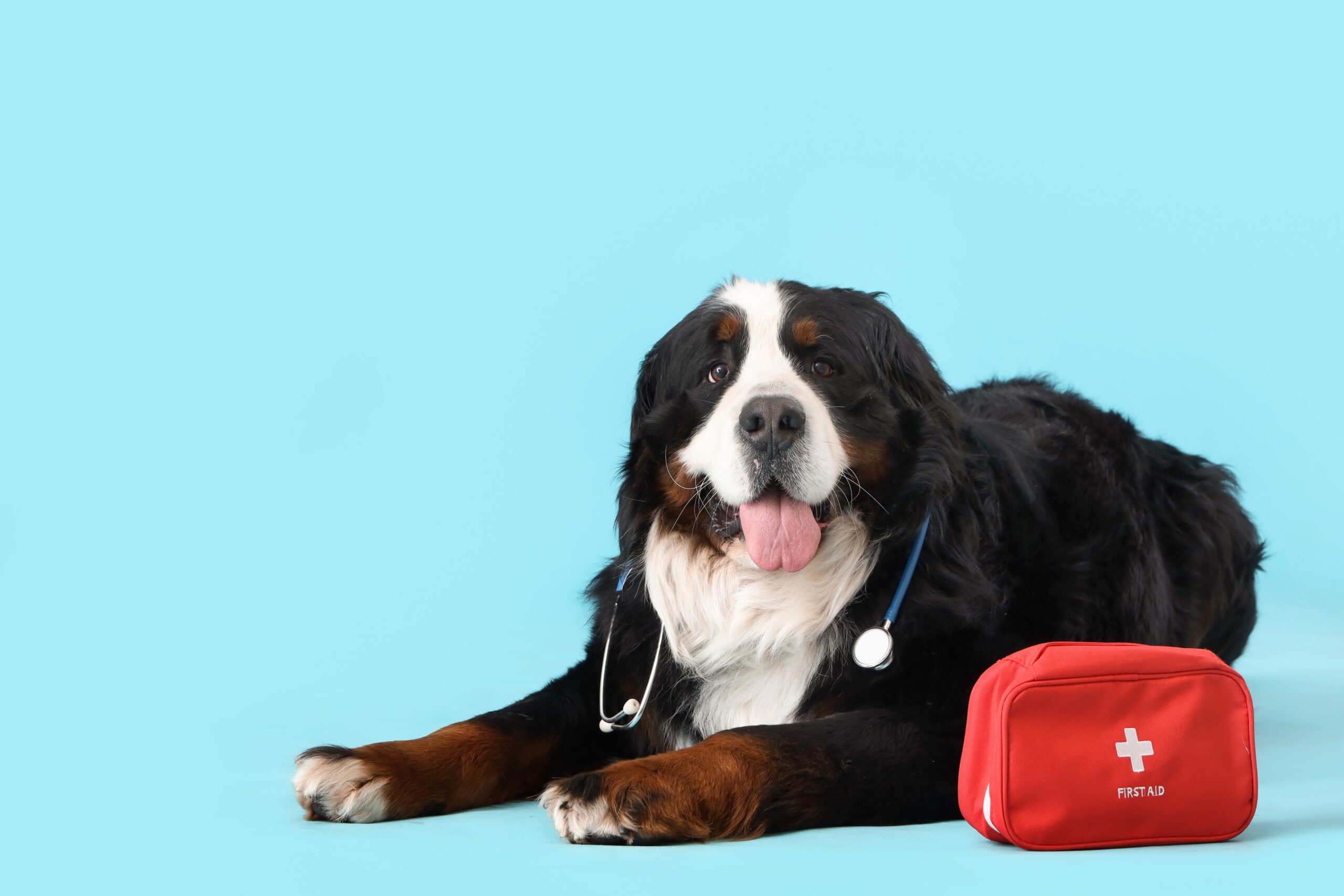
Owning a dog comes with its share of responsibilities, and while daily walks and feeding are essential, first-aid training should be a priority too. Emergencies don’t send a warning, and when your furry friend is in distress, having the skills and confidence to administer first-aid can make a world of difference.
This list explores compelling reasons why first-aid training for dogs is a must for every responsible pet owner.
1. Immediate Response
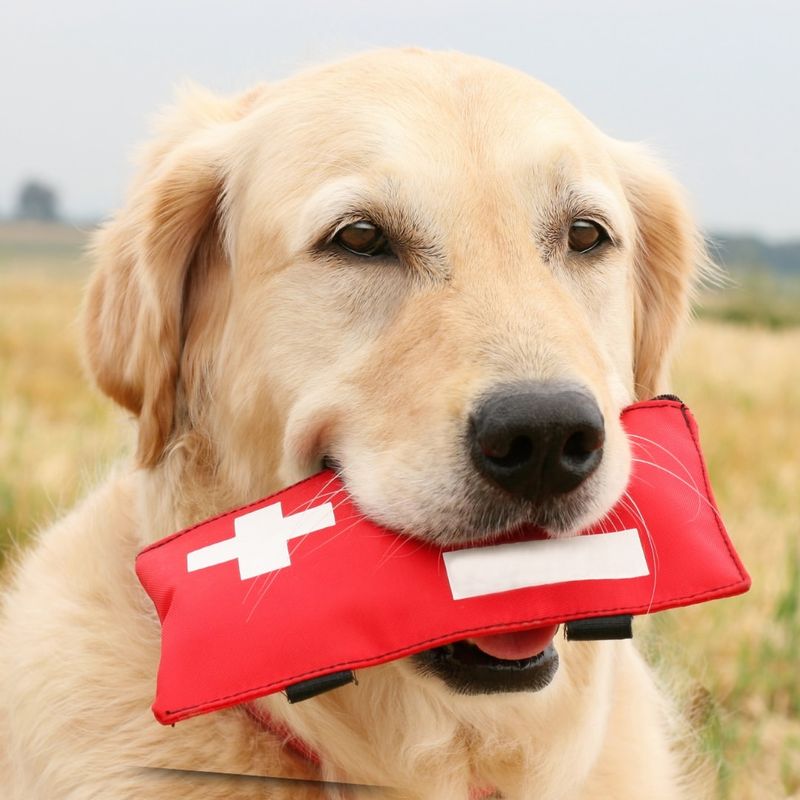
When emergencies strike, time is of the essence, and being equipped with first-aid training allows you to respond effectively and immediately. Imagine your dog steps on something sharp during a walk. Instead of panicking, you’ll know precisely how to clean and bandage the wound, minimizing pain and preventing further injury.
Moreover, this training empowers you to recognize signs of distress that might not be apparent to an untrained eye. You become your dog’s first responder, capable of providing initial care until professional help is available.
Having first-aid knowledge can truly be the difference between life and severe complications for your pet. In those critical moments, your calm and swift actions, rooted in proper training, can significantly impact your dog’s health outcome.
2. Preventing Minor Injuries From Escalating
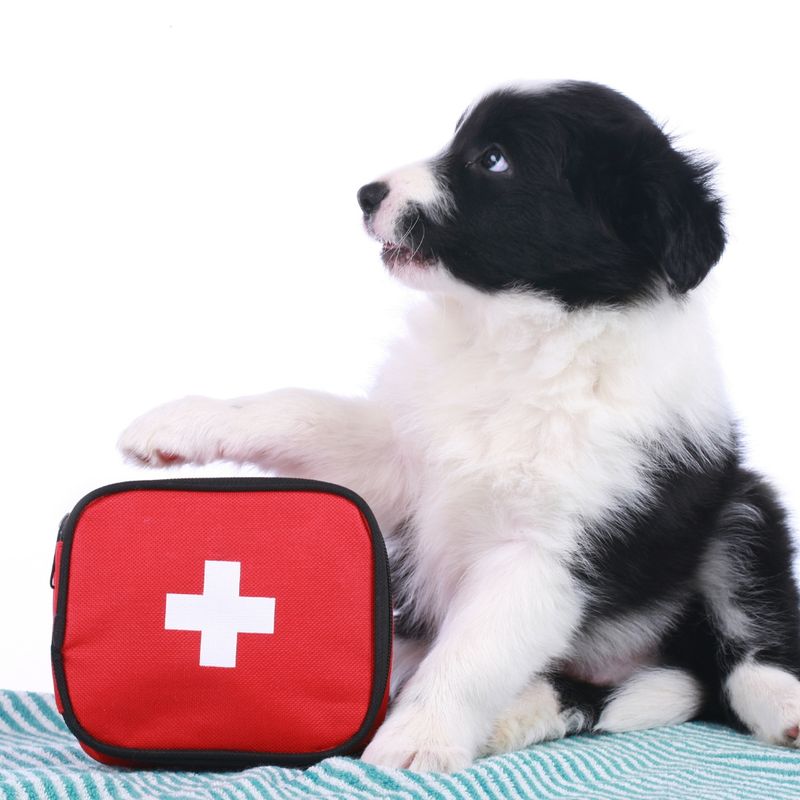
Minor injuries can quickly turn into major problems if left untreated, but with first-aid training, you can effectively intervene. Consider a small cut on your dog’s paw; without proper care, it might become infected and lead to more serious complications.
First-aid training equips you with the knowledge to manage such minor injuries, preventing them from escalating. By applying the right techniques, you’re not only ensuring immediate relief but also safeguarding your dog’s long-term health.
Moreover, being proactive in addressing small injuries reduces the anxiety and stress associated with unexpected vet visits. It allows you to handle situations with confidence, knowing you’re making informed decisions for your pet’s well-being.
3. Reducing Vet Visit Anxiety
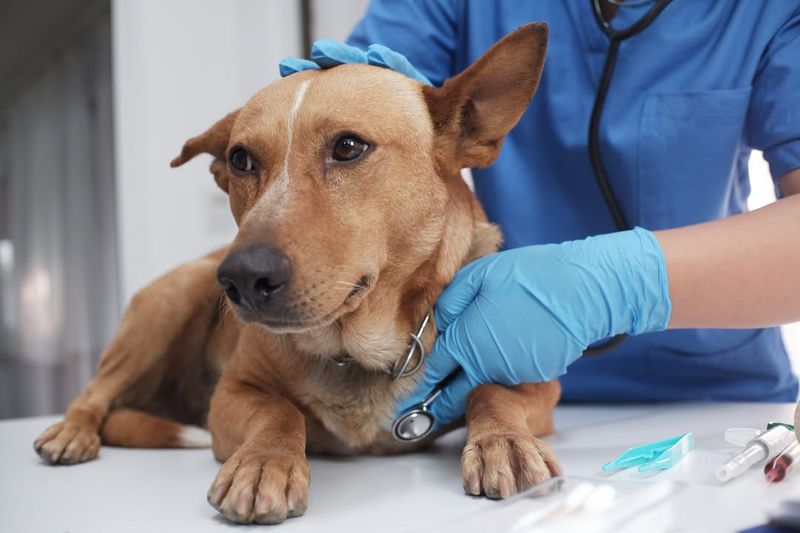
Regular vet visits are part of responsible pet ownership, but they can be a source of anxiety for both you and your dog. First-aid training helps bridge this gap by enabling you to handle minor issues at home.
With the skills gained from first-aid training, you can address many situations without the immediate need for a vet visit. This doesn’t replace professional care but complements it, providing peace of mind and reducing stress levels for everyone involved.
Furthermore, knowing how to take care of your dog in minor emergencies helps build trust between you and your furry friend. They feel more secure knowing you’re capable of managing their health needs, making vet visits less stressful.
4. Building A Stronger Bond With Your Dog

First-aid training is not just about emergencies; it’s a bonding experience. When you learn to care for your dog in different situations, your connection deepens.
Through training, you become more attuned to your dog’s needs and behaviors. This understanding fosters a stronger bond, built on trust and mutual respect. Your dog feels safer, knowing you’re equipped to handle any situation that arises.
Moreover, this bond extends beyond emergencies. Everyday interactions become richer, as your dog senses your commitment to their well-being. The shared experiences during first-aid practice sessions strengthen your relationship, making it more resilient.
5. Increasing Overall Pet Safety

Safety is paramount when it comes to pets, and first-aid training enhances this aspect significantly. You’ll learn to identify potential hazards and prevent accidents before they happen.
Training empowers families to create a safer environment for their pets. By understanding common risks and how to mitigate them, you ensure your dog’s safety inside and outside the home.
Additionally, first-aid education promotes vigilance in everyday life. It encourages proactive measures, making you more aware of your dog’s surroundings and potential dangers. This heightened awareness contributes to a safer, more secure environment for your beloved pet.
6. Improving Owner Confidence

Confidence is a key outcome of first-aid training. When you’re prepared for emergencies, you’re less likely to panic and more likely to act effectively.
This newfound confidence allows you to approach pet care with a calm demeanor. Situations that previously might have seemed overwhelming now become manageable challenges.
Furthermore, your dog senses this confidence, fostering a sense of security and stability in your relationship. A confident owner is a reassuring presence, especially during unforeseen events, making you both more resilient and adaptable.
7. Saving On Veterinary Bills

Veterinary care can be expensive, and first-aid training provides a practical way to manage costs. By handling minor injuries and health issues at home, you reduce the need for frequent vet visits.
This doesn’t mean bypassing professional care but rather optimizing it. When you’re equipped to manage minor situations, you reserve vet trips for more serious concerns, ensuring your dog receives the best possible care when it truly matters.
Additionally, being knowledgeable about first-aid procedures can prevent conditions from worsening, leading to potentially costly treatments. This proactive approach helps manage expenses while maintaining your dog’s health.
8. Tailoring Care To Your Dog’s Needs

Every dog is unique, and first-aid training allows you to tailor care to your specific dog’s needs. Whether it’s allergies or sensitivities, you learn to address these individual aspects effectively.
This personalized care approach ensures that your dog receives the most appropriate treatment in emergencies, considering their distinct characteristics.
Moreover, it helps you understand how different health issues might affect your dog, allowing for more informed decisions. Such knowledge empowers you to provide specialized care that aligns with your dog’s lifestyle and medical history.
9. Promoting Community Engagement

First-aid training often involves community classes and workshops, fostering a sense of belonging and shared learning among pet owners.
Participating in these sessions not only enhances your skills but also connects you with like-minded individuals who share a passion for pet care. These interactions enrich your learning experience, offering diverse perspectives and valuable insights.
Furthermore, being part of a community encourages ongoing education and support. It creates opportunities to stay updated on best practices, ensuring your skills remain current and effective. This communal aspect adds a layer of enjoyment to the learning process, making it both educational and social.
10. Contributing To A Safer Pet World

Your first-aid training doesn’t just benefit your dog; it contributes to the broader pet community. As you apply your knowledge, you become an advocate for pet safety and health.
This advocacy can inspire others to pursue similar training, creating a ripple effect that enhances pet safety on a larger scale.
Moreover, your skills might come in handy for other pets in the community, not just your own. Whether it’s assisting a neighbor’s dog in need or sharing tips with fellow owners, your training makes a positive impact.
This collective effort helps foster a safer, more caring environment for all pets, reflecting the importance of first-aid skills in the pet-loving community.






